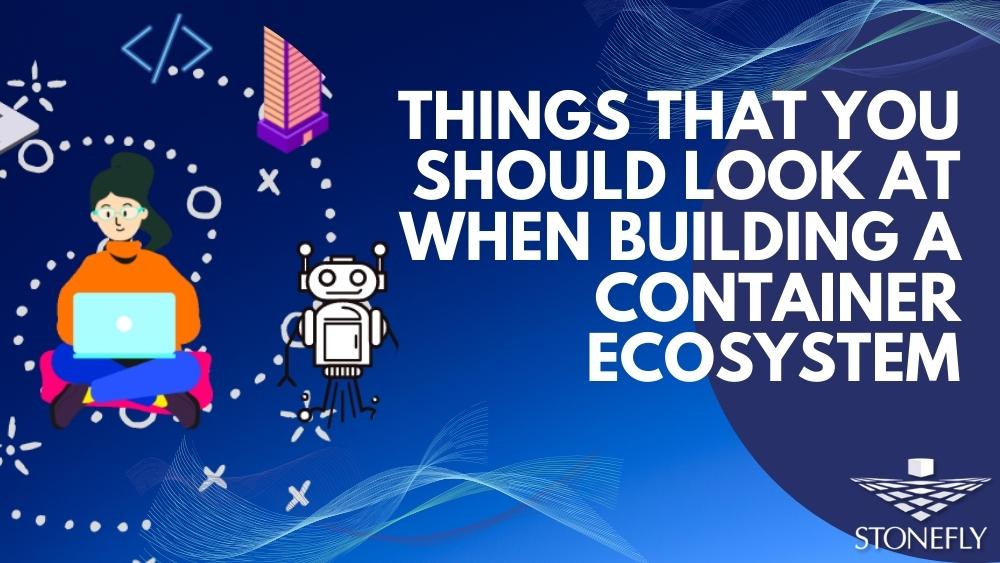Midwest enterprises have millions worth of IT budget and they’re trying to build Container environments, but if there’s an ecosystem of tools out there it makes things much easier. That’s because an ecosystem removes the risk of them moving to containers, and really that ecosystem is out there but it’s not to the point that it needs to be there at the moment.
De-risking this whole proposition is the thing the ecosystems need to be focused on more broadly. There is all this innovation going on and this rush and flood of innovation can be overwhelming at times, but it is a good thing because it is out of that, that is going to bubble out some good projects and then behind these efforts come things like the CNCF (Cloud Native Computing Foundation) which are going to actually take the best of getting developed and then provide some level of risk-tolerance acceptability for enterprises.
one of the reasons why the orchestration layer exists is because IT companies looking into using containers is something very interesting and very exciting because typically these kind of companies jump into something because it brings really new value. And you can catch what the new value containers are bringing only if you’re playing with it or if you have an orchestrator on top that lets you socially automate everything that is related with running them. It is for sure that everybody adopting containers will have to pick their own container orchestrator.
What we saw with Virtual Machines and Cloud Computing in 15 years ago and 10 years ago respectively we’re going to see with containers. So storage, networking and visibility, all of these will have to be addressed. You cannot go in production with containers without good visibility, without a clear story and what you’re going to do for the storage.
So instead of the multi millions going into the container providers, we should be going into the ecosystem providers, because if you solve that problem the more you solve the ecosystem problem, the more the adoption of containers will happen.
Currently, experts are rooting for Karos and Docker to be successful since businesses depend on that. They are building some really solid technologies that can only make Karos, Docker and any other container technology better.
Operational Stability is another key problem. From an operational standpoint you don’t want your stock to fall over when developers do mess things up, at the same time you want your developers to be able to do whatever they would like with the infrastructure and be able to handle that. You want your developers to be able to do that in a flexible way.
Another challenge is to be able to encourage the developers to get the CI/CD pipeline setup and testing, especially the micro-services promise to enable large organizations to be able to take groups and separate them. To allow the developers to be able to deploy their own service that other services inside the organization rely on, but then also give them the tools to be able to realize when another service has gone away or does have an issue and to be able to handle that in a graceful way without having to disturb the operations’ guys.







